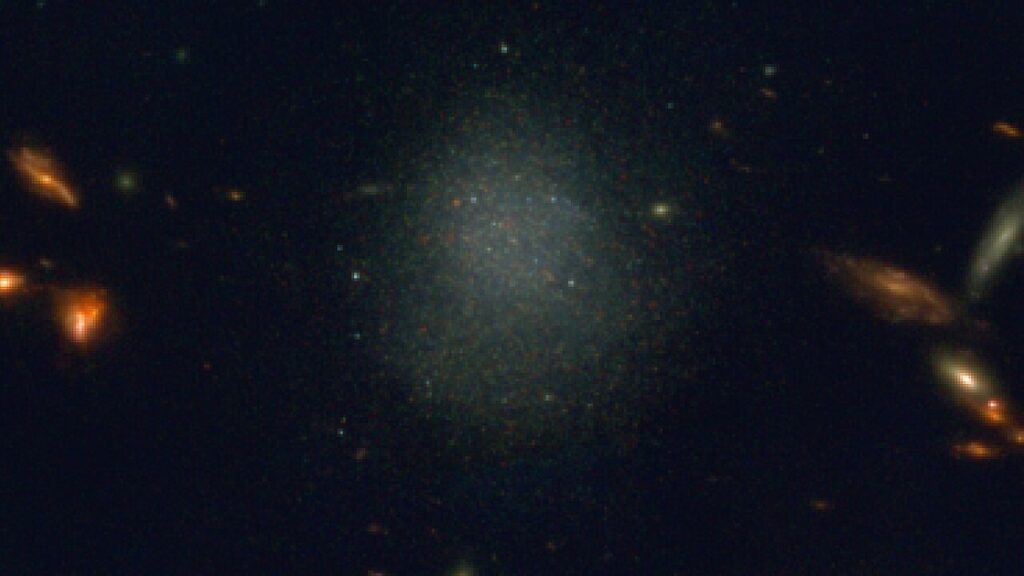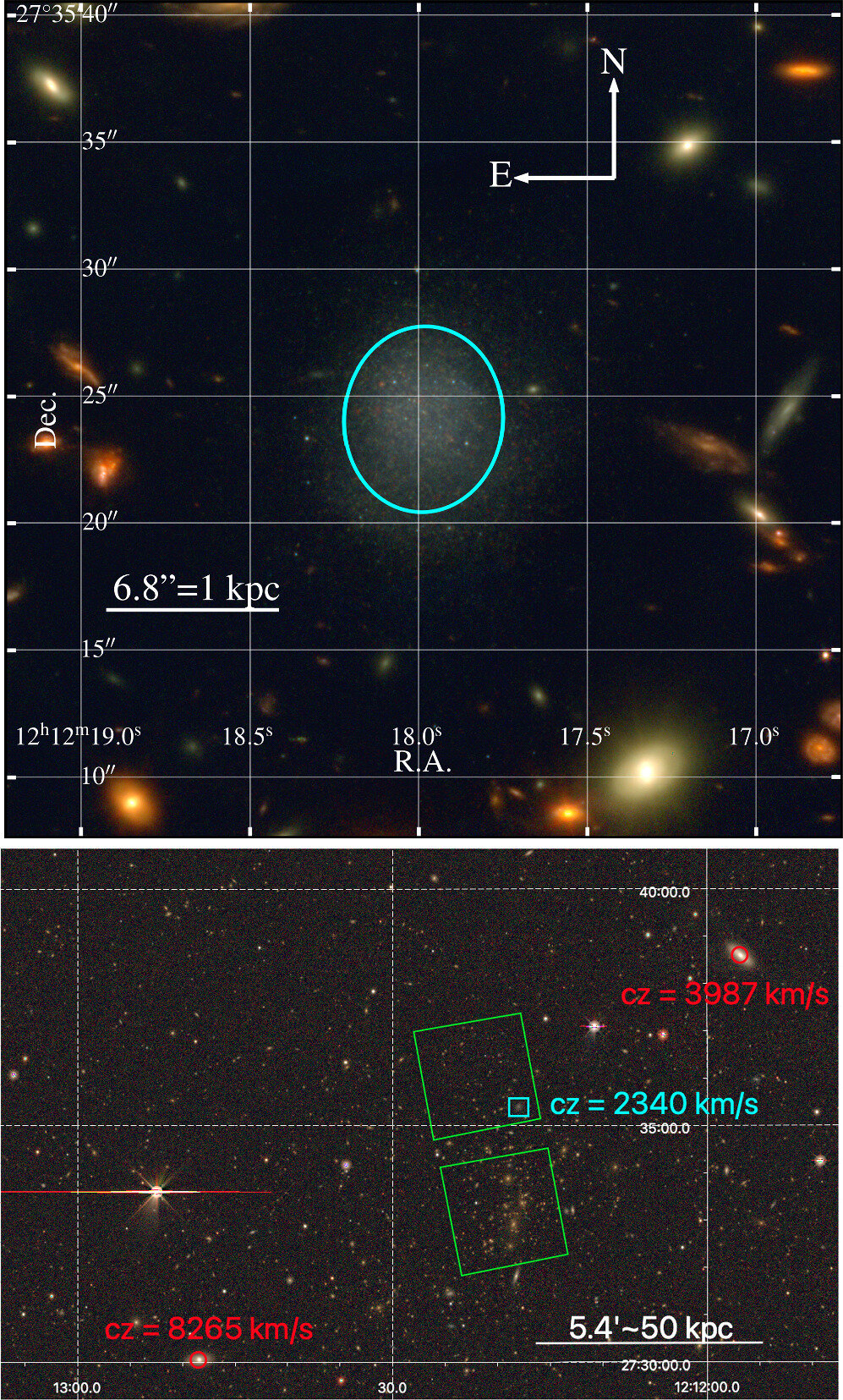Astronomers from Arizona State University accidentally found a dwarf galaxy in images from the James Webb Space Telescope (JWST). It was not the main target of observations and was located in a place where researchers did not expect to find anything.

Dwarf galaxies are the most numerous galaxies in the universe. There are less than 100 million stars in them, while, for example, in our Milky Way there are about 200 billion luminaries. At the same time, the results of recent observations suggest that there may be even more such objects than previously thought by astronomers — they are simply too dim to be seen by modern telescopes.
The discovery was made as part of a project during which JWST studied the galactic cluster. A little away from the main field of observation, in an area of space where, according to astronomers, there is nothing, it managed to detect a previously unknown dwarf galaxy. It received the designation PEARLSDG.

PEARLSDG has attracted attention because it does not have the expected characteristics of a dwarf galaxy. It does not interact with neighboring galaxies and does not form new stars, which contradicts existing models. Thus, this is a very interesting example of an isolated galaxy at rest.
Another surprise is that individual stars can be observed in the JWST images. These made it possible to measure the distance to PEARLSDG. It is 98 million light-years away.
According to the researchers, the finding will allow them to improve the theory of galaxy formation. In addition, this makes it possible to hope that in the future JWST will be able to find a number of similar isolated galaxies that have so far escaped the attention of astronomers.
Earlier, we talked about how the Hubble telescope photographed the irregular neighbor of the Milky Way.
According to https://phys.org
Follow us on Twitter to get the most interesting space news in time
https://twitter.com/ust_magazine
